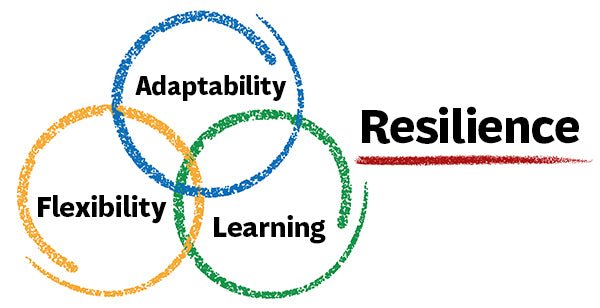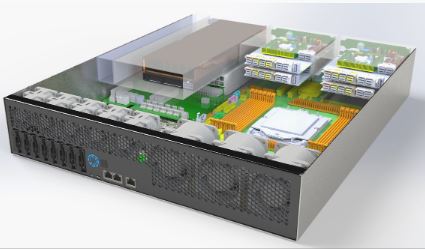
By Victor Hester, Vice President Operations
In today's ever-changing business landscape, one thing remains constant: the need to embrace change. I am referring to the broader concept of CHANGE itself. The world is continuously evolving, presenting both challenges and opportunities for businesses to stay relevant and engage with their customers. In this blog post, I will argue that the ability to swiftly adapt to new challenges is a significant competitive advantage for any company - a concept I like to call "quick to change."
Once a customer is acquired, it is crucial to retain their loyalty and avoid the need for constant replacement. Losing a customer not only costs valuable time, but also incurs significant expenses. To build strong relationships, it is essential to understand your customers' current issues and remain attuned to the changes occurring in their marketplace. This mindset of being quick to change enables you to meet customers where they are, rather than being limited by your own capabilities.

Imagine a scenario where a customer reaches out, expressing their need to transition from large quarterly shipments to more frequent smaller shipments, due to the elimination of their warehouses. Responding with inflexible statements like "We don't do that" or "We've always done it this way" will likely result in losing the customer. Instead, view this as an opportunity to address their real business issue and provide a solution. By recognizing these opportunities, you can strengthen your ties with customers and deepen their loyalty to your business.
It is crucial to acknowledge that if you are unable to provide the desired solution, someone else will. This is why it is not just about change, but about being "Quick to Change." In reality, most customer issues have already been solved by other vendors. If you can offer a comparable solution within a short timeframe, you can prevent customers from moving their business to a competitor. The last thing you want is for customers to choose between staying with you and waiting for a long time to get what they need, or swiftly switching to a new vendor who can fulfill their requirements immediately.
As the VP of Operations at One Stop Systems, Inc., I experienced firsthand the power of being quick to change. During the COVID-19 pandemic, a customer approached us with a need for better availability. Over the next two months, we collaborated closely to address their requirements. We increased our inventory levels, with the understanding that they would be responsible for the excess stock. Additionally, we implemented a KANBAN system to automate replenishment. By resolving the availability issues, the customer was able to sell more and enhance their overall performance.

Being quick to change is a market advantage that requires breaking free from rigid traditions and embracing flexibility. It means actively listening to your customers' issues and having a dedicated team capable of making necessary trade-offs when customers bring forth challenges. However, it is important to recognize that not every issue can or should be solved. Some may lie outside your core competency, or prove to be too diversionary. Making decisions based on the company's strategic direction and aligning them with the ask is key, rather than falling back on excuses like "we don't do that today" or "that's not how we've always done things."
By embracing the quick-to-change mindset, your company can gain a competitive advantage over vendors who are unwilling, or lack the ability to adapt swiftly. This mindset should always be at the forefront, driving you to stay close to your customers, deeply understand their issues, and proactively mitigate new changes in their market. By doing so, you can offer not just help, but prompt and effective assistance.
Click the buttons below to share this blog post!

Companies today are being asked to do more with data than ever before. Bigger AI models, faster insights, and workloads that don’t stay in one place, it’s a lot to keep up with. Traditional infrastructure just isn’t built for this kind of speed and flexibility.
The answer isn’t about throwing more hardware at the problem. It’s about building smarter, more agile infrastructure that adapts as demands change. And that’s where scale-out and increasingly, a blend of scale-out and scale-up come into play.

The rugged edge computing landscape is becoming increasingly complex with new generations of technologies, such as the latest AI focused GPUs, releasing annually rather than every 2-3 years. Whether the end application is commercial or defense, rugged edge servers must not only deliver cutting-edge compute performance but also withstand extreme environmental conditions.